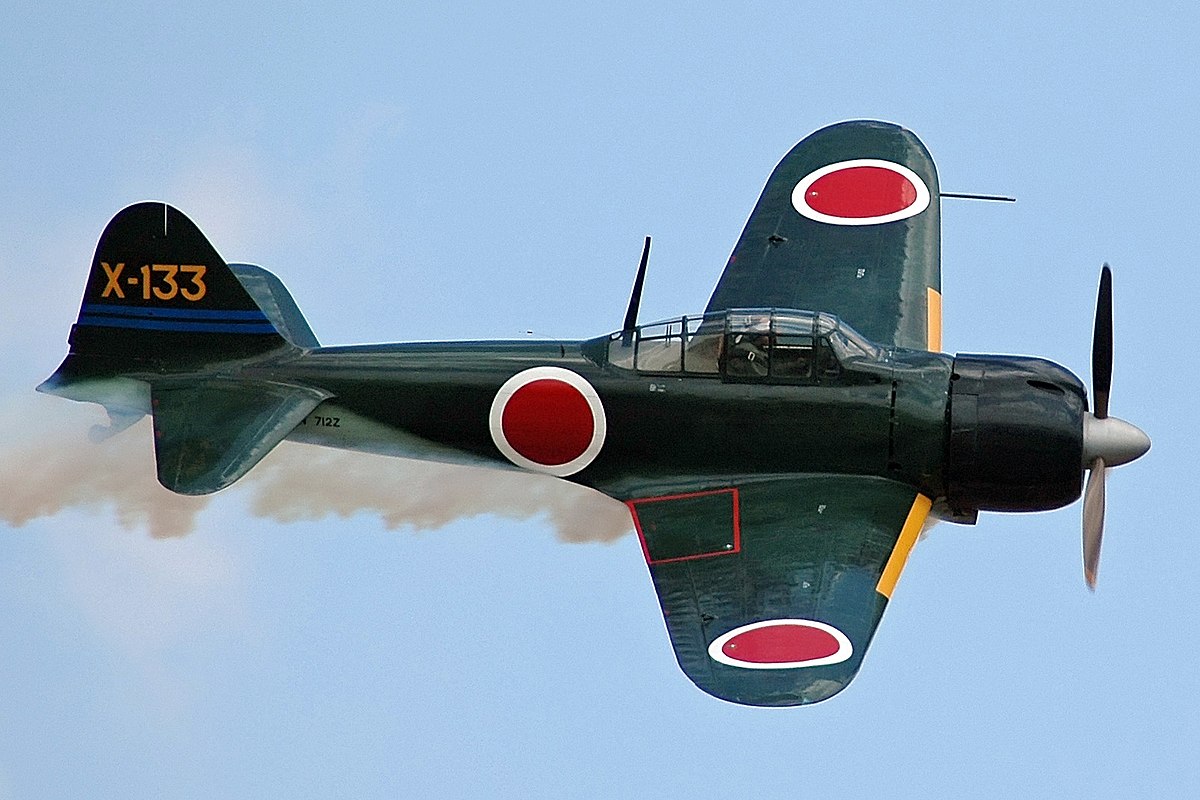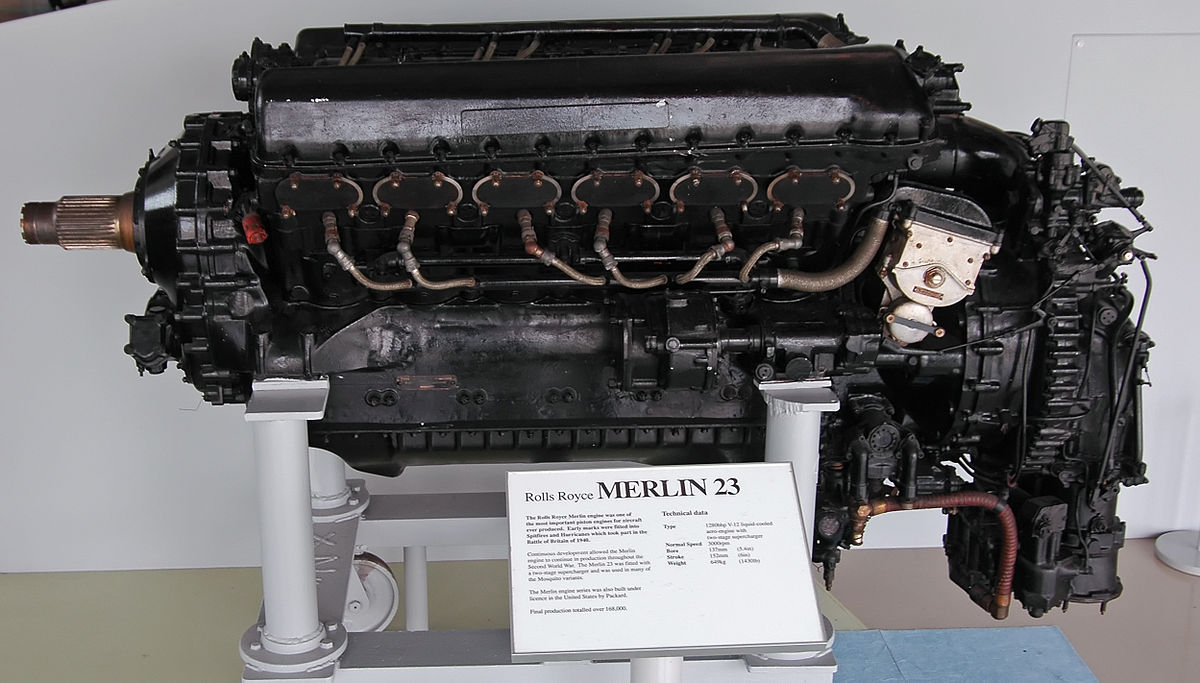Admiral Beez
Major
According to Wikipedia, the Seafire Mk.III had a top speed of 359 mph, and that at a very high 36,000 feet. Presumably at lower altitudes where carrier fighters would often operate the Seafire was slower. For an aircraft entering service in late 1942 into 1943 this has to be slower than Merlin-powered Spitfires of the time. Presumably the weight of folding wings, arrestor hook, undercarriage and airframe strengthening would have contributed to its slow speed. But anything else, was the Seafire Mk.III tuned for slower top speed?


